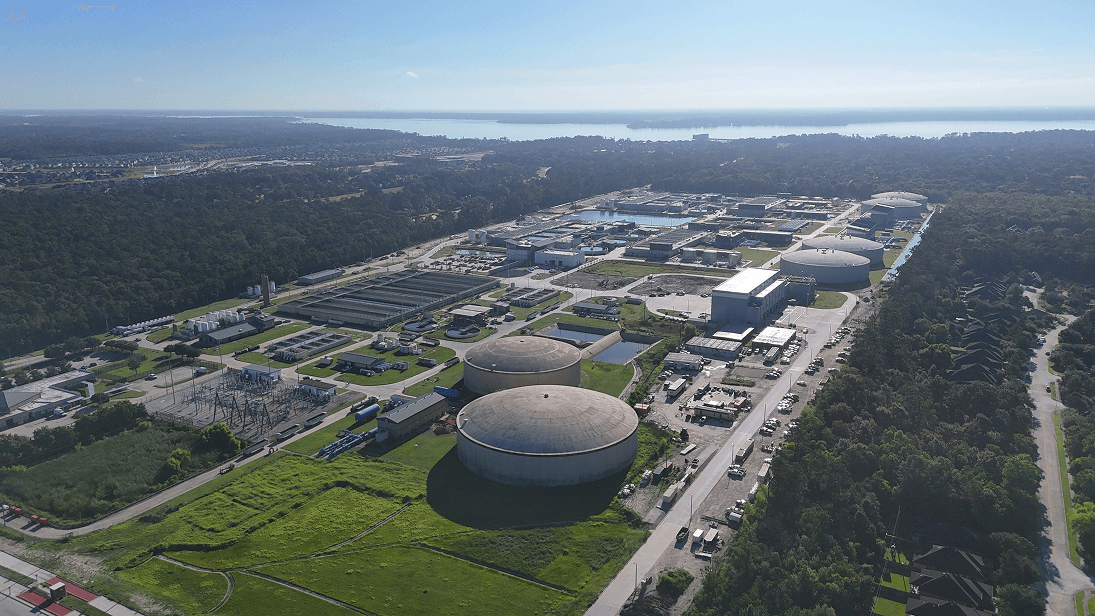The Real River State
Surface water fills Texas’ rivers, lakes, wetlands, and streams, directly exposed to environmental and human influences, making it prone to contamination from sediment, pathogens, and organic matter. Groundwater, stored in underground aquifers, is recharged by precipitation filtering through soil, a process that naturally reduces contaminants. All groundwater begins as surface water, undergoing filtration as it percolates. Globally, over 30% of freshwater resides in aquifers, 30% is locked in glaciers and permanently frozen sources, and 40% exists in surface water systems. Texas boasts an abundance of surface water, with fifteen named rivers, approximately 3,700 named streams, and roughly 80,000 miles of waterways, supporting diverse ecosystems and communities.
Groundwater is best for drinking water due to its natural filtration through sand and soil, which removes sediment and pathogens. Only chlorination is needed to make it safe for consumption. However, some aquifers, like the Edward’s Aquifer in central Texas, lack sufficient natural filtration, requiring additional treatment processes. While groundwater is generally cleaner, excessive extraction can lead to subsidence, where the ground sinks due to depleted aquifers.
Surface water, by contrast, is more vulnerable to pollution from human activities, wildlife, and environmental factors. To be potable, it requires a complex treatment process involving sedimentation, filtration, chemical treatment, and disinfection. These steps must eliminate disinfection byproducts—harmful compounds formed when free chlorine reacts with organic matter, which can pose significant health risks if not properly managed. Effective treatment ensures safe drinking water but demands rigorous oversight and advanced infrastructure.In the Houston area, surface water is sourced from three primary river basins: the Trinity and San Jacinto River basins for the City of Houston, and the Brazos River basin for Fort Bend County. These sources flow through densely populated areas, recreational zones, wildlife habitats, and pine forests, increasing exposure to contaminants. To reduce disinfection byproducts, Houston transitioned to chloramines—a combination of chlorine and ammonia—less reactive with organic matter, minimizing harmful byproducts.
Blending chloramine-treated and chlorine-treated water creates challenges. According to TCEQ regulatory guidance RG-560, mixing these water types destabilizes the chlorine-to-ammonia ratio, reducing disinfectant effectiveness and often causing an unpleasant taste. When MUDs connect to the city’s surface water system, they must adopt chloramine disinfection to maintain consistency and avoid these issues, ensuring uniform water quality across the region.
Chloramines, while effective, pose challenges for specific groups. Dialysis patients require specially treated water to remove chloramines, which can be harmful during treatment. Similarly, chloramines are toxic to fish, requiring aquarium owners to use dechloraminating agents. The Texas Commission on Environmental Quality (TCEQ) mandates that water districts provide advance warnings to consumers when transitioning to mixed groundwater/surface water systems, ensuring residents are informed about treatment changes.
This transition highlights the challenge of balancing water quality, safety, and accessibility. Groundwater offers a naturally filtered option but risks depletion and subsidence, while abundant surface water demands rigorous treatment. In Texas, understanding treatment processes and applying sustainable water management practices are essential to control subsidence, protect public health, and ensure reliable access to safe drinking water.
Dr. Culp is the most senior hydrologist at Tetra Land Services and has three decades of civil engineering experience. His Ph.D. scholarship studied the effectiveness of structural BMP for the control of storm water pollution in Harris County while performing water quality monitoring and modeling upon selected ponds for the county. Dr. Culp also co-authored the City of Houston stormwater quality management plan. He is one of Texas’s original Certified Floodplain Managers. Recently, Dr. Culp and his staff have developed a series of drainage studies for Industrial and Oil Majors along the Texas Gulf Coast. Dr. Culp is married with two children, and lives on his farm in Southwest Houston.
